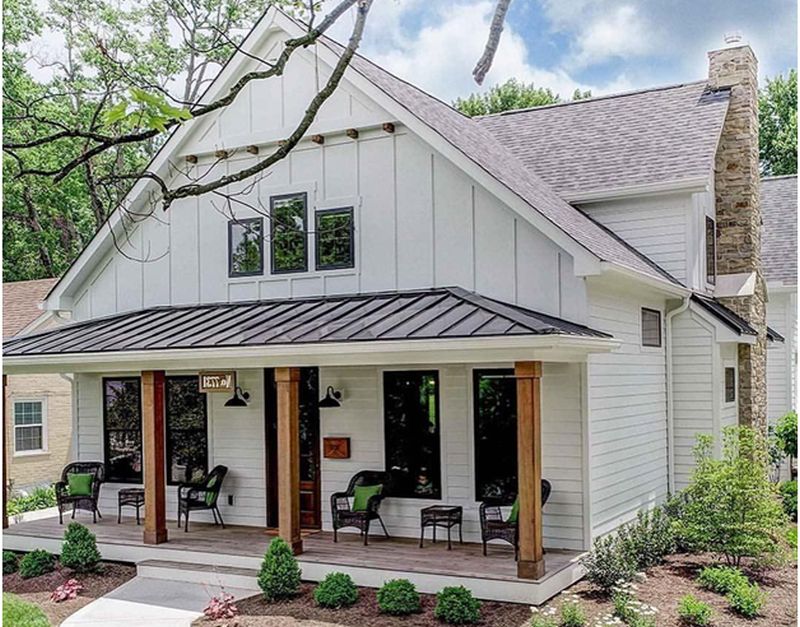Natural wood siding is widely considered to be the best exterior cladding option. This is because it offers a natural and attractive look at an affordable cost.
There are several types and grades of wood available at different costs. The cheapest wood sidings are the softwood varieties such as spruce and pine cost an average of $3.25 per square foot. Hardwood siding options like cedar and redwood however cost up to $7.5 per square foot.
These costs also vary depending on the siding technique used. Shingles and shakes can cost an average of $7.5 per square foot while wood clapboard can cost about $5 per square foot.
6 Wood Siding Alternatives
Apart from engineered wood which is an artificially made siding material, there are 6 other types of natural wood that are commonly used for siding.
| Wood Siding Material | QTY | Low | High |
| Cypress | Square Feet | $5 | $12 |
| Redwood | Square Feet | $3.95 | $20 |
| Cedar | Square Feet | $3 | $30 |
| Pine | Square Feet | $1 | $5 |
| Spruce | Square Feet | $6 | $11 |
| Fir | Square Feet | $2 | $6 |
Source: HomeGardenGuides – Wooden Siding Cost https://homegardenguides.com/siding/wood-siding-cost/
1. Cypress Wood Siding
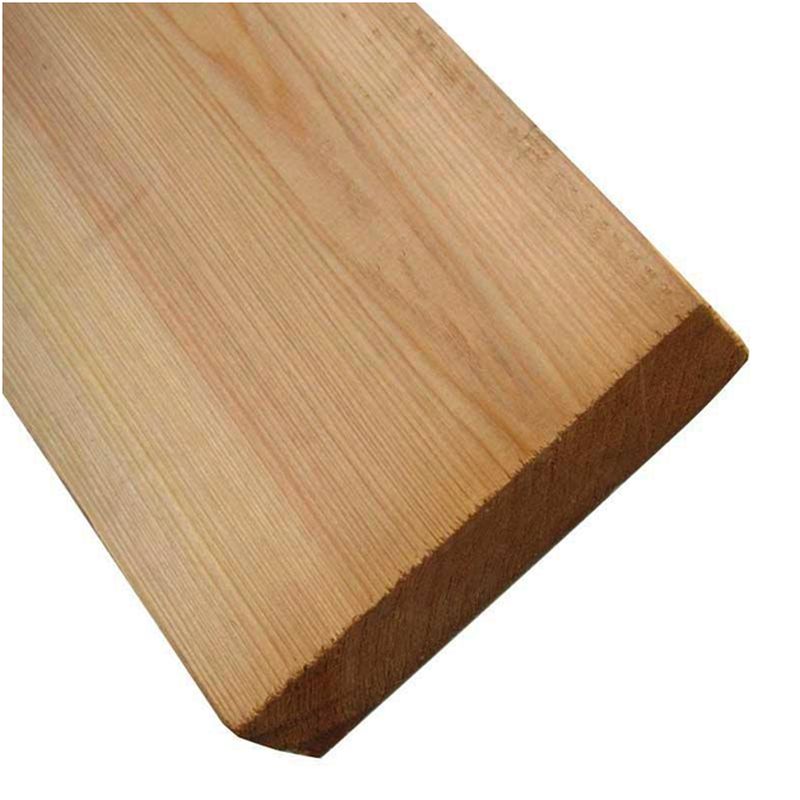
Cypress is highly recommended as a siding material for many reasons. First off, its extremely long-lasting nature makes it quite suitable for reuse. It is therefore commonly used to remodel newer homes after being salvaged from older properties.
Its innate decay-resistant and insect repellent qualities also come in handy especially in moist areas where rot and insect infestation is common. It is relatively light in weight despite having a density of 510 kg/m^3.
The major disadvantages of Cypress siding are its nature and cost. Cypress is a hardwood tree which makes it rather difficult to mill. It is also more expensive than other wood siding options. This makes it quite unpopular in modern applications.
2. Redwood Wood Siding

Redwood is a very durable siding material for your home’s exterior. It is quite finish-friendly since it does not contain a lot of resin in its make-up. It also does not shrink as much as other wood siding materials because of its quality woodgrain and thick density of 450kg/m^3.
These qualities also reduce its degree of warping and cupping. It therefore requires lower maintenance than other real wood siding materials. Redwood siding is also naturally rot-resistant and insect repellant. This makes it less prone to insect boring.
Its main disadvantages include limited availability and high expense. Redwood is extremely difficult to purchase since it is mainly available in North America. It can also cost up to $20 per foot before installation.
3. Cedar Wood Siding
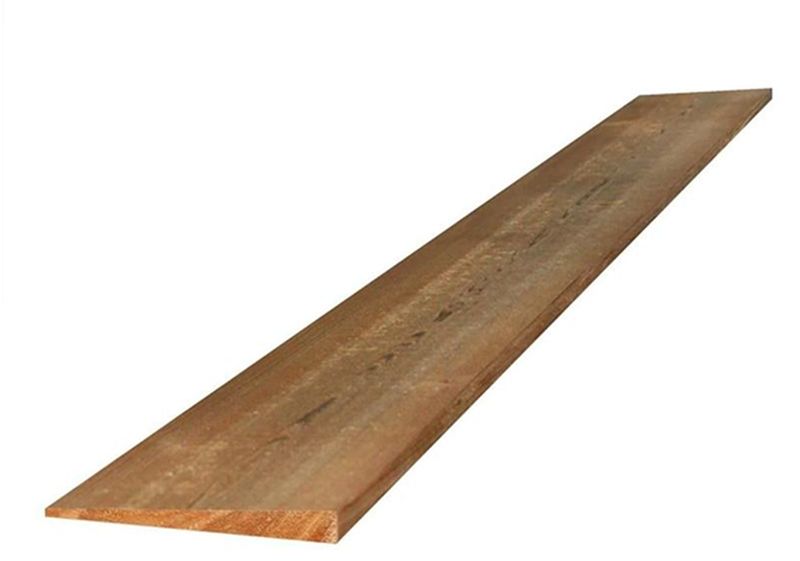
The Cedar’s straight grain makes it extremely suitable for developing a stable and attractive exterior siding. This attractiveness can be further increased through staining. Apart from being both rot and insect resistant, cedar siding is also moisture resistant.
This makes it less prone to cracking, splitting and swelling. The price of cedar is heavily dependent on the amount of heartwood in its woodgrain. Heartwood is the red portion of the wood grain that is responsible for both the cedar’s structural soundness and insect resistance. Visit G&B Quality Cedar Products for your cedar siding needs.
Experts advise that cedar siding be maintained through yearly power washing. It should also be re-stained at least once every three years.
https://homegardenguides.com/ is a great tool that quickly matches you with the best wood siding specialists in your locality. You can get three estimates from local wood siding professionals in a matter of two minutes. Kindly follow the steps below to enjoy this great service:
- Scroll to the top of the page and enter your zip code
- Answer questions about your wood siding job
- Your wood siding details are forwarded to three local experts who will send you a price estimate for your job with some friendly advice.
4. Pine Wood Siding
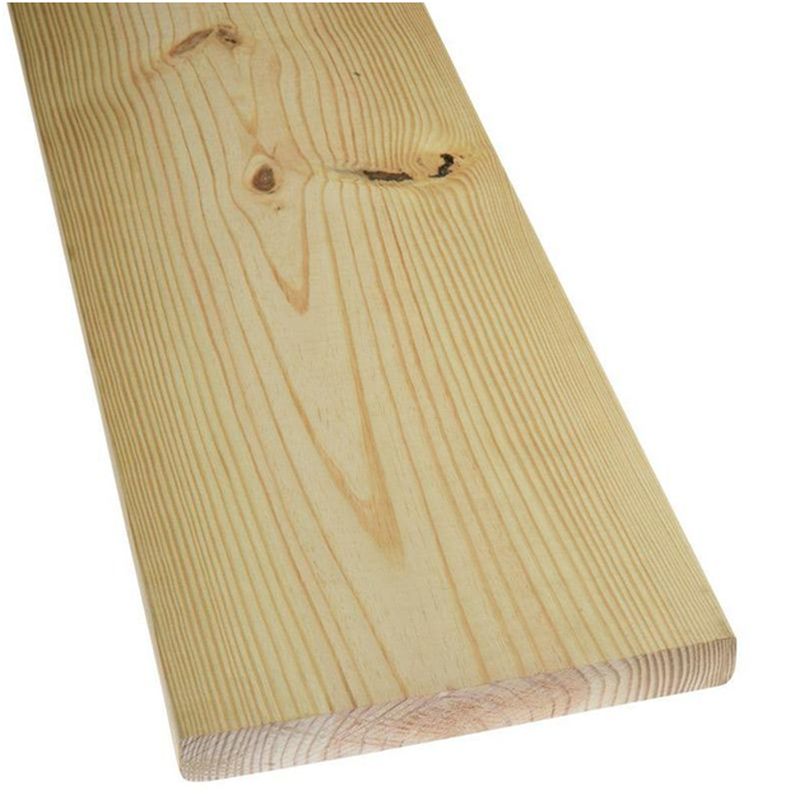
Pine is usually available in yellow and white streaks. It is one of the most common residential siding options in North America. The tough yellow section of the yellow pine is sap filled. This makes it extremely resistant to painting, staining, and milling.
It is therefore only suitable for framing exercises. White Pine is extremely paint and stain friendly. Painting is however preferred for this kind of pine since it does not possess a distinct grain.
The main disadvantage of pine is its vulnerability to splitting and cracking. It is also not rot resistant and insect proof. It is however known to be extremely suitable for diverse siding techniques due to its soft nature that makes it easy to mill.
5. Spruce Wood Siding
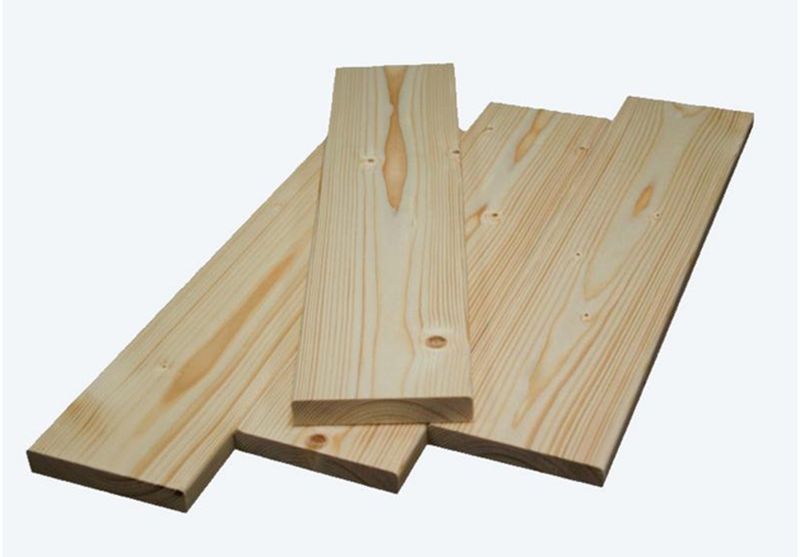
The spruce tree species greatly resembles the pine in structural features. The fact that it is a softwood species makes it extremely easy to mill. It can therefore be used in many different styles of siding.
Its major distinction from the pine is the longer lengths it is mostly available in. It also comes in a variety of grades which greatly affect its purchase price.
Spruce siding is extremely susceptible to insects, decay and warping. It must thus be regularly maintained through cleaning, painting, staining and sealing for moisture not to find a way through it.
6. Fir Wood Siding
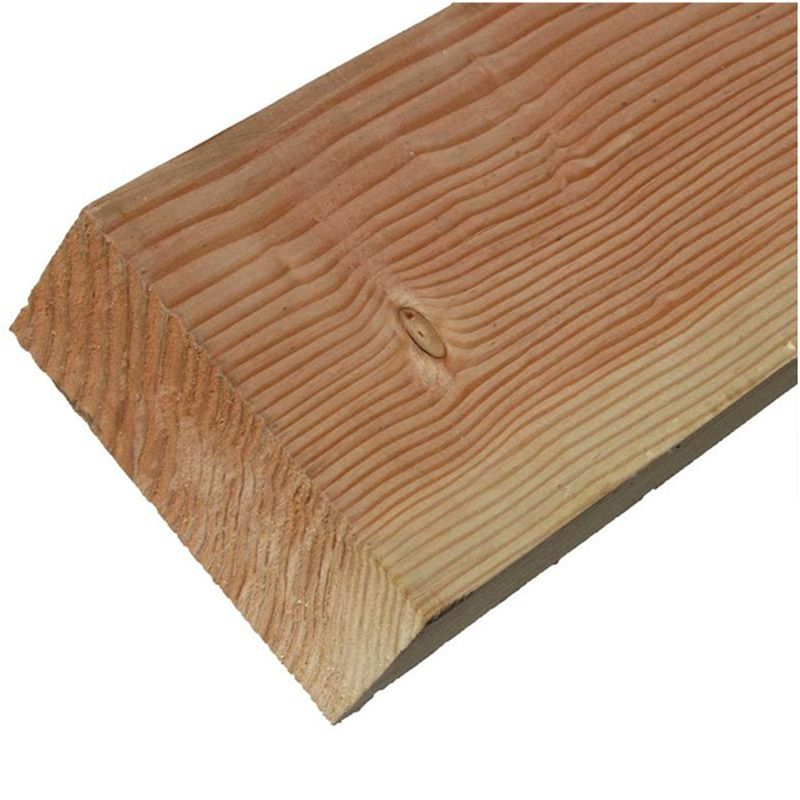
Fir is a common Western wood species that comes in long boards. Its qualities as a softwood species with very little resin or sap means that it can easily be milled. It is therefore quite common for siding techniques such as tongue and groove that demand a wide extent of milling.
Its even woodgrain makes it extremely suitable for paint and stain finishing. If such finishing is well maintained, Fir siding can last for 3-5 years without getting warped or infested with rot and insects.
Pros and Cons of Wood Siding
Pros
It takes well to Paint
Wood is certainly the easiest house siding material to DIY paint. This is because paint usually adheres better to and dries faster on it than other siding materials like stone veneer siding and brick siding.
Those who own residential wood siding can therefore paint it as regularly as they want to without removing the previous coatings.
It is easy to install and repair
Installing and repairing wood siding is relatively easy. This is because authentic wood is naturally soft and easy to mill. Homeowners with wood siding only need simple tools to install and repair it.
Wood is also easy to handle since it does not shrink or enlarge like steel and aluminum siding when temperatures change. It therefore does not require additional fittings for temperature changes.
It is environmentally friendly
Natural wood is definitely more environmentally friendly than artificial cladding materials like fiber cement, engineered wood, metal and vinyl siding. This is because it can easily be replaced through planting more trees.
Old wood siding can also be put to other uses such as firewood thus making it recyclable. Wood is also an entirely biodegradable siding material which means that it does not pose any threat to the environment.
Cons
It is prone to insect and water damage
Wood is known to attract insects such as termites, carpenter ants and woodpeckers. These insects can cause a lot of structural damage if not kept in check. You must therefore conduct frequent pest inspections on your existing siding to prevent such pest infestations.
Unlike other materials like stucco siding and fiber cement siding, wood is also prone to rotting as a result of water damage. This often leads to mold infestation within the house. You may thus incur additional labor and installation costs for new siding if such damage is not dealt with.
It is not considered to be a modern home siding material
Wood is often considered to be a traditional siding material when compared to newer materials like vinyl, stone veneer and engineered wood siding. Most homeowners prefer these newer materials for modern applications.
It is not naturally fire-resistant
Wood naturally ignites and spreads flames. Most homeowners living in fire prone areas therefore choose more fire resistant materials like stone siding, metal siding and cement board siding.
FAQ’s
What is behind wood siding?
Plywood is the most popular material placed beneath natural wood siding. It is mostly made from pine, cedar, poplar and oak.
Is clapboard the same as wood siding?
Clapboard siding is also known as bevel or lap siding. It is a siding technique that overlaps horizontal planks of wood on a home’s exterior cladding. It can be applied on many species of wood including pine and cedar.
Is wood siding hard to maintain?
Wood is one of the most high-maintenance house siding materials available. This is because wood is an exterior siding material that is extremely prone to water and insect damage. It therefore requires frequent painting or staining to keep it in good shape.
Article Submitted By Community Writer


